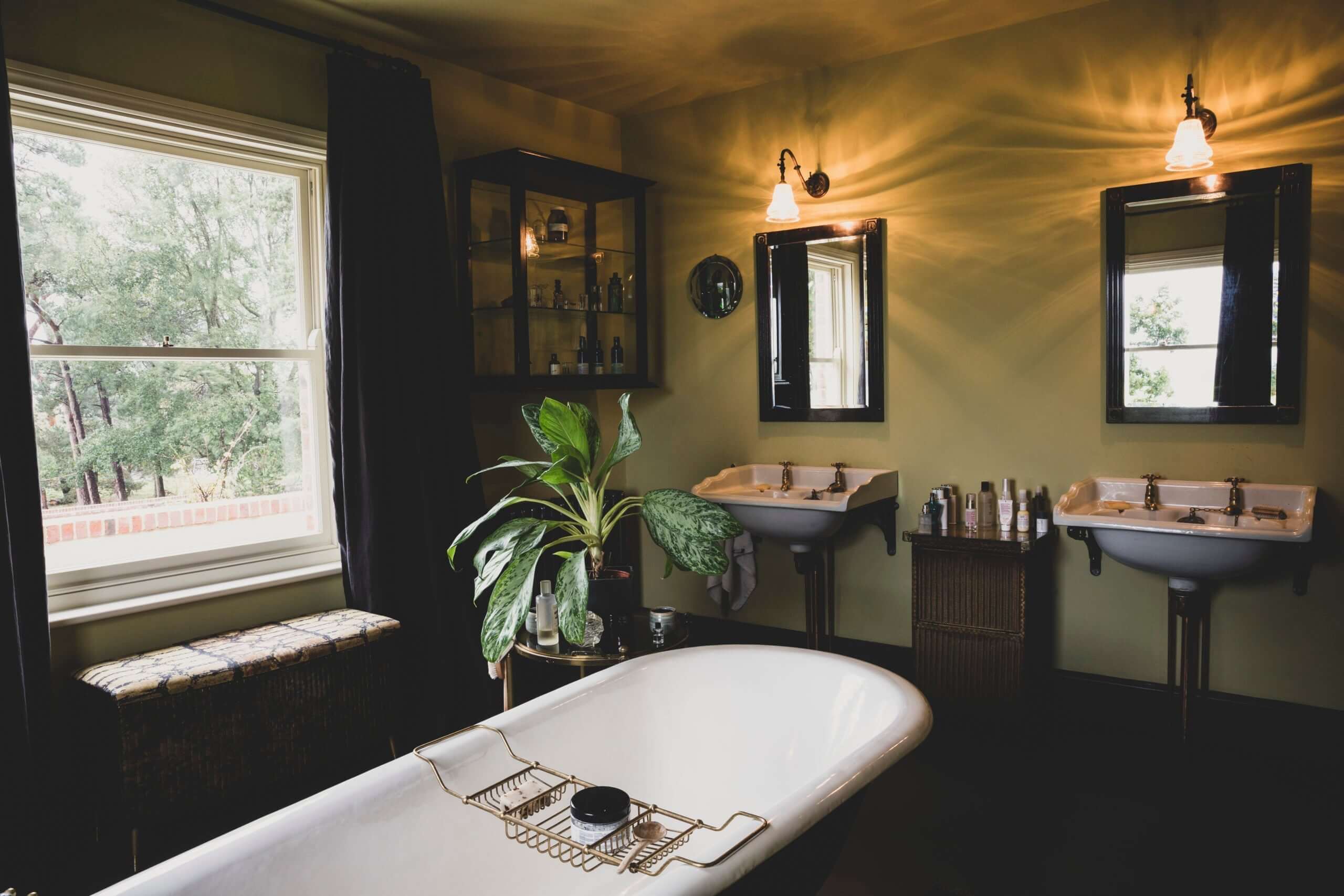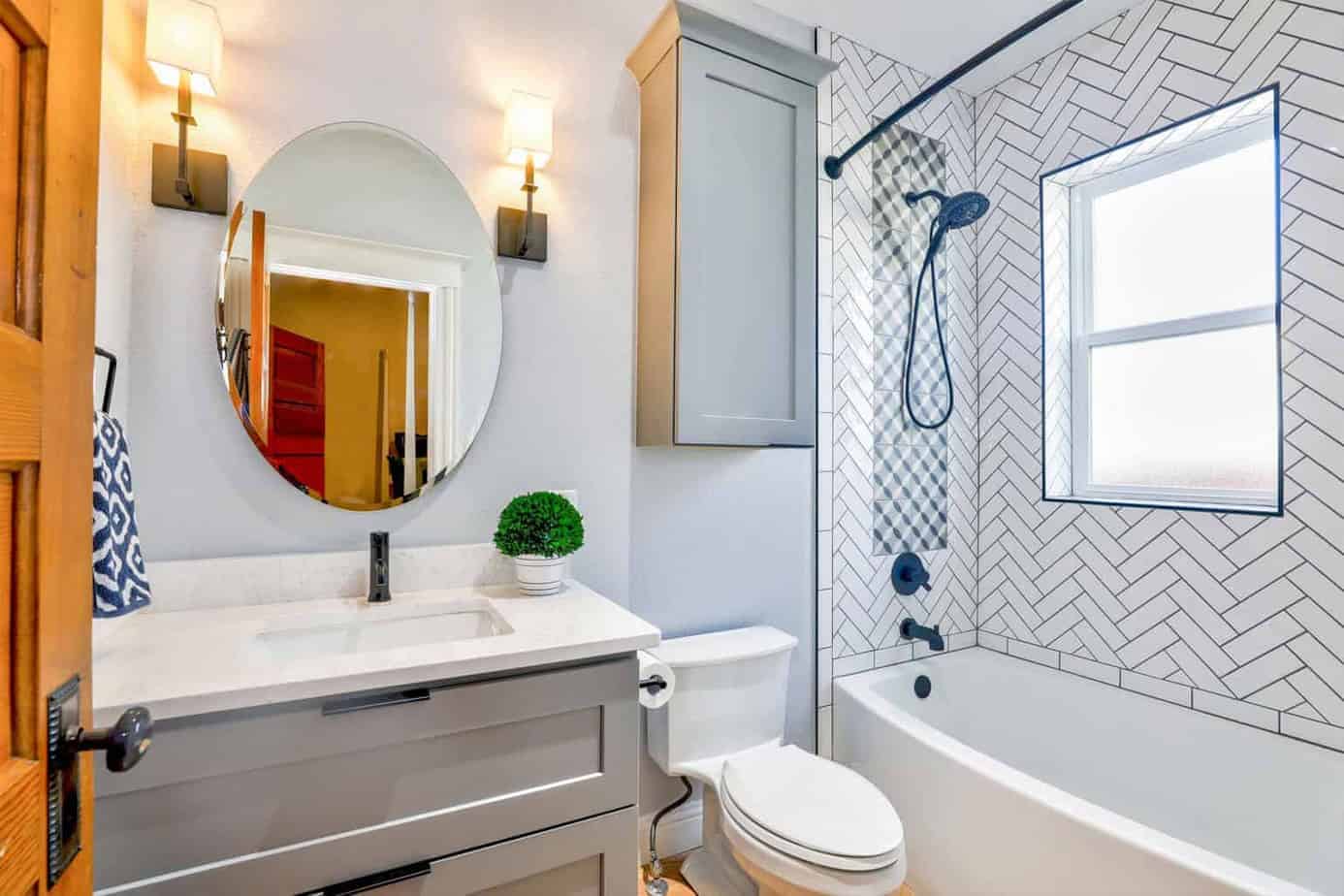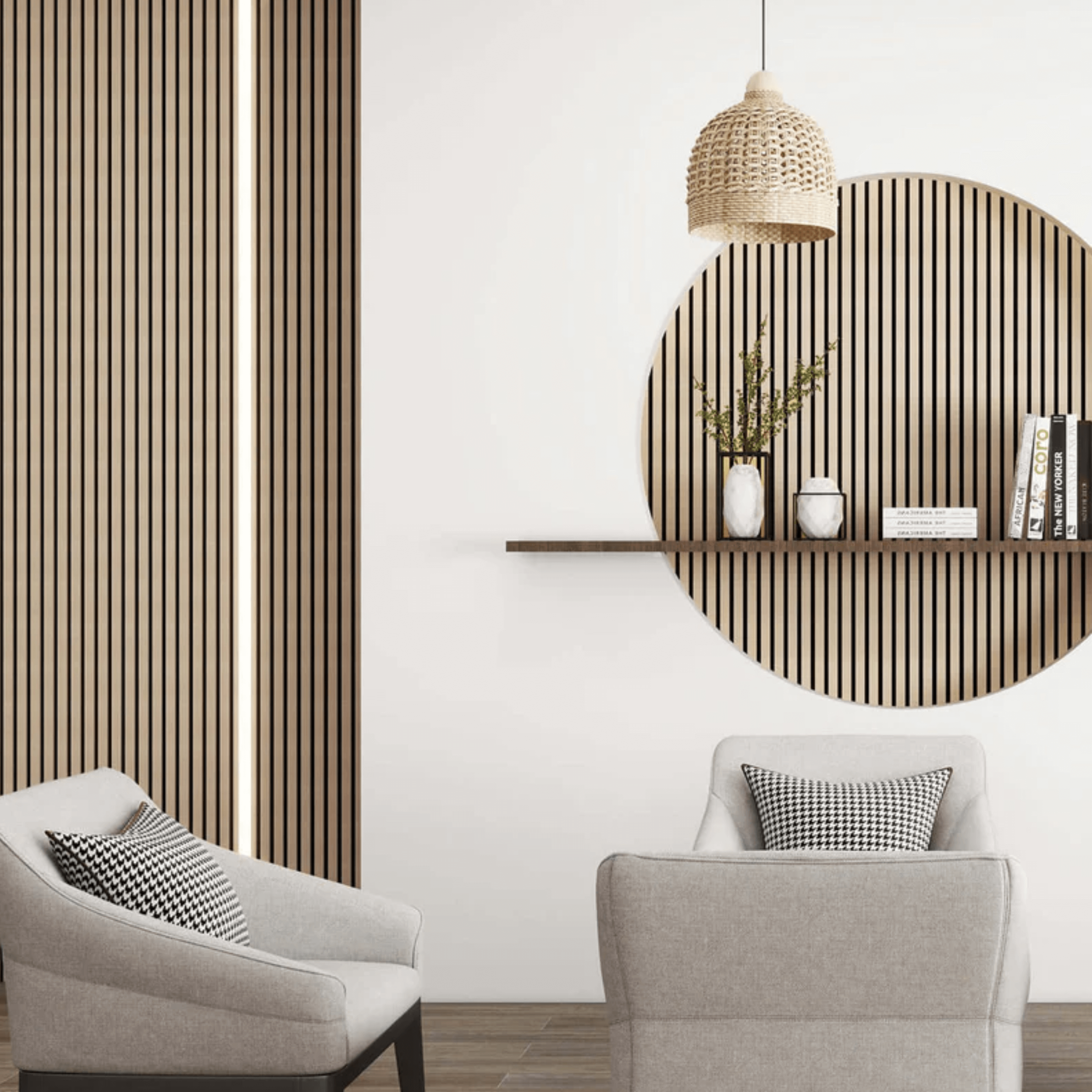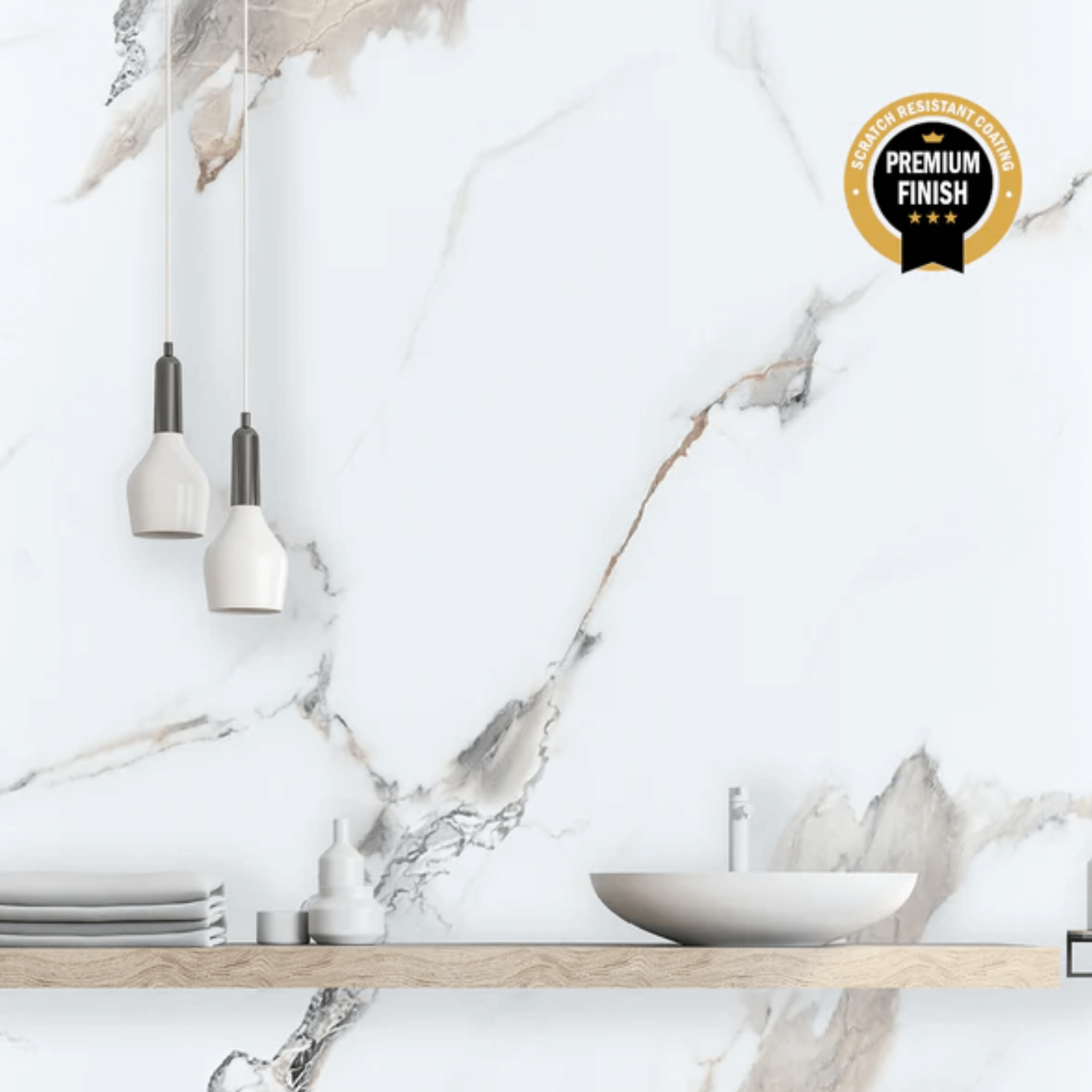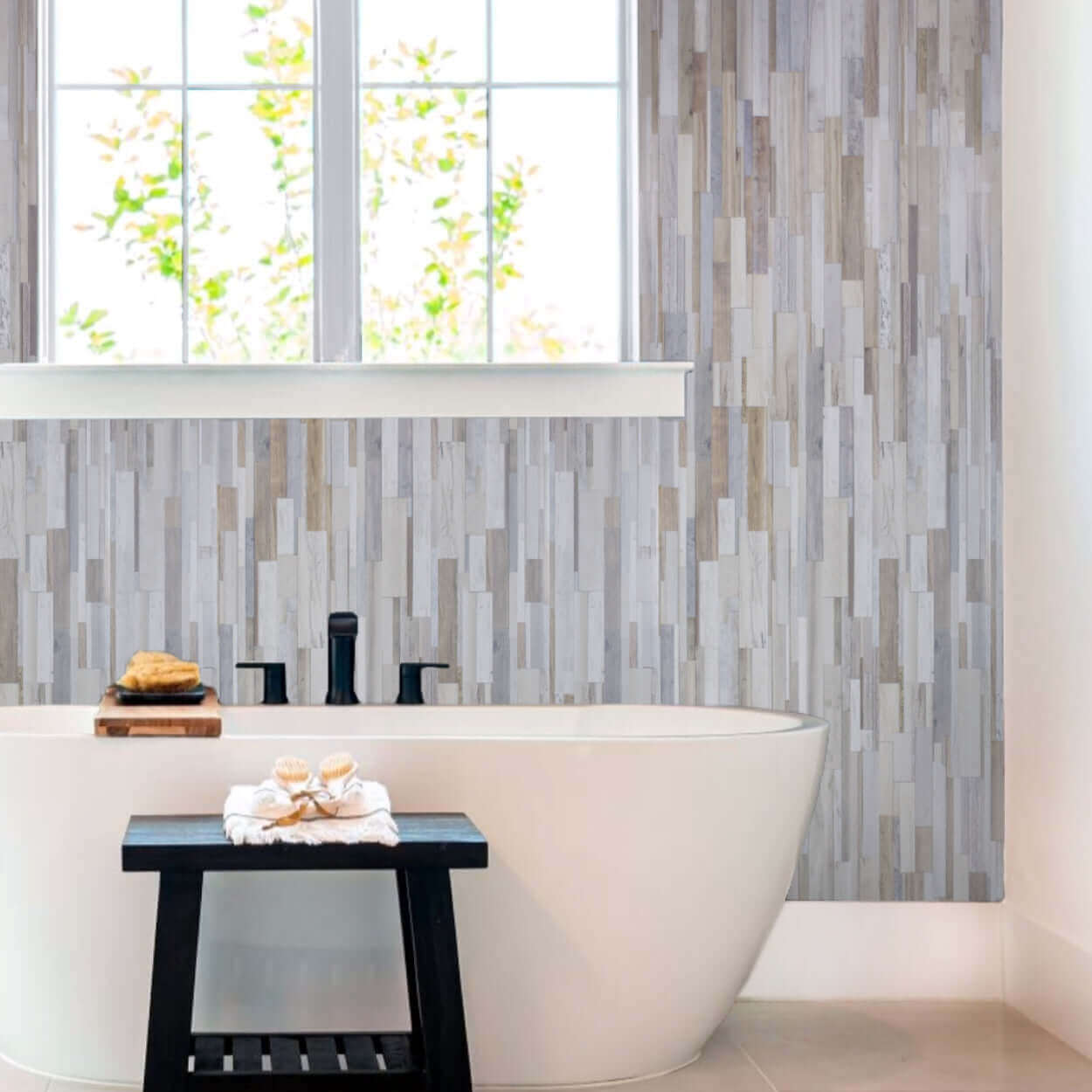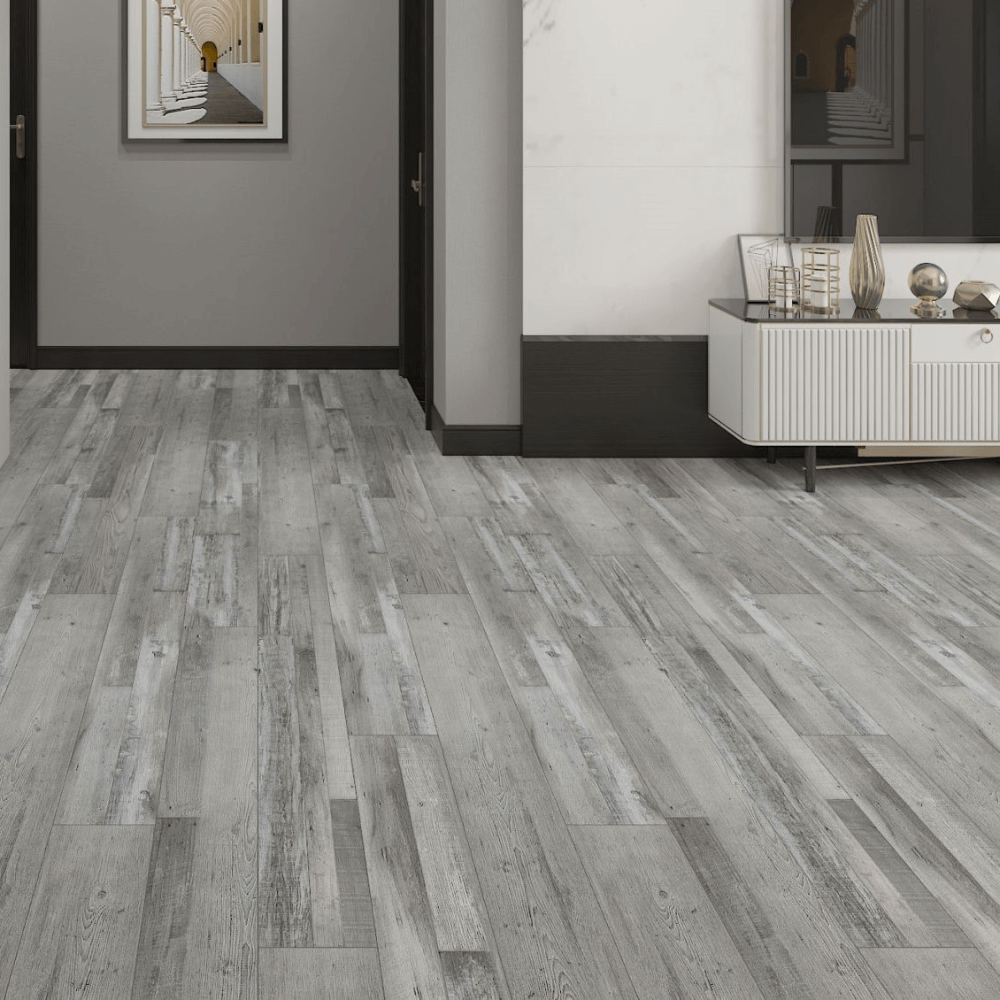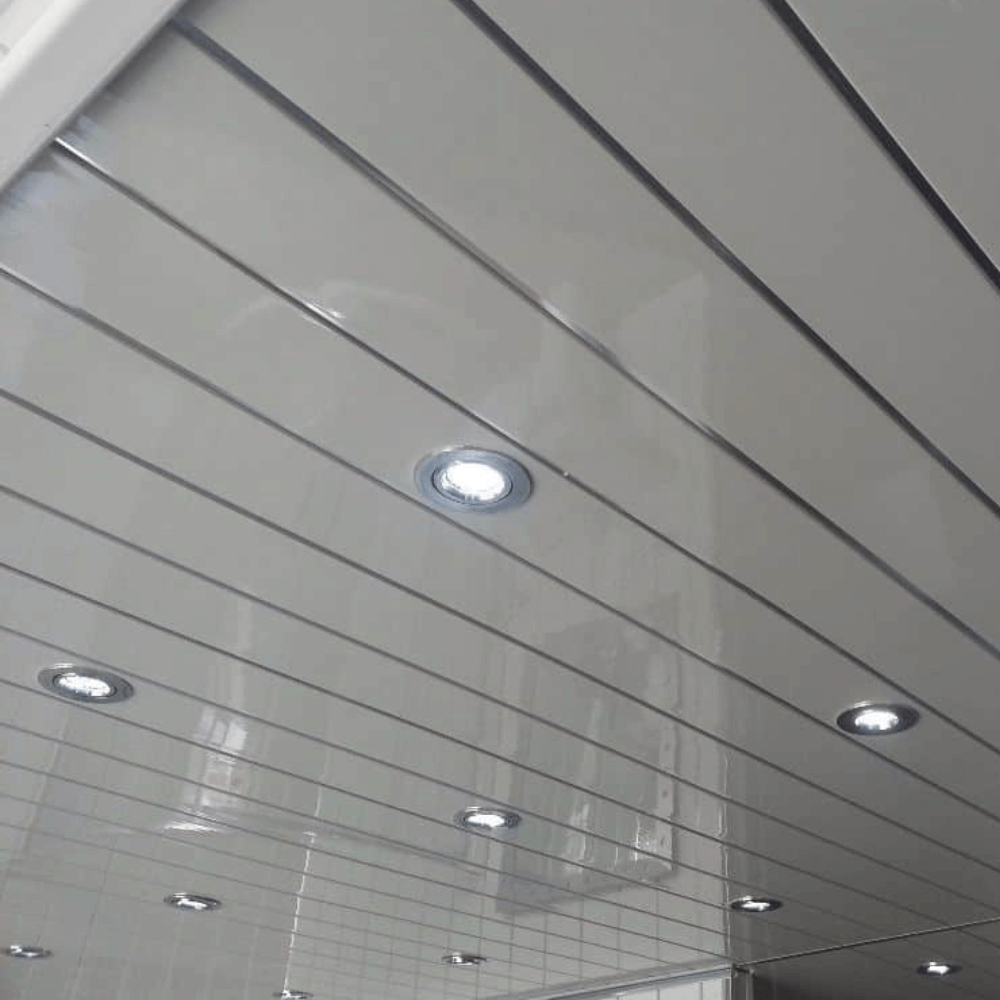When renovating bathrooms, many homeowners traditionally choose ceramic tiles. While popular and attractive, tiles can be expensive and their installation is complicated. Nowadays, many are turning to a more cost-effective alternative: PVC cladding panels.
Introduction to PVC Cladding
PVC wall cladding is revolutionising bathroom renovations. These large panels are an excellent option for updating bathroom, ensuite, or wet room interiors, and they can also be used in other areas of the home. If you’re unfamiliar with PVC cladding, here’s a detailed comparison between it and traditional tiles.
Material
Traditional wall tiles are often made from ceramic, porcelain, marble, or quartz. In contrast, PVC cladding is made from Polyvinyl Chloride, a lightweight and durable material used widely in construction. PVC is highly water-resistant and corrosion-resistant, making it ideal for bathroom walls. It withstands wear and tear effectively, ensuring long-lasting performance.
PVC wall panels come in a variety of designs, including marble, brick, and wood effects, thanks to advanced printing techniques. This versatility allows them to complement any interior design style.
Size
Tiles come in many sizes, from small mosaics to large floor tiles, but typically, you need many to cover a single wall. PVC cladding panels are much larger, often requiring just a few to cover an entire wall. These larger sizes provide extensive coverage, ideal for full wall applications.
Cost
The price of bathroom tiles can vary greatly, often making renovations costly. PVC cladding, however, is more affordable both per square meter and in terms of installation costs. Installing PVC panels typically requires fewer materials and can often be done without professional help, reducing labor costs. These panels are durable and maintain their appearance for years, even in busy households.
Installation
Installing tiles can be time-consuming and requires a certain level of skill, often necessitating professional assistance. PVC wall cladding, on the other hand, is straightforward to install and can even be placed over existing tiles, eliminating lengthy preparation work. Designed with a tongue-and-groove system, the panels fit together easily and can be cut to size to accommodate bathroom fixtures. They are secured with a silicone-based adhesive, and grout is not needed, allowing for a seamless finish. Entire walls can be covered in as little as a day.
Maintenance
Tiles require regular maintenance, including specialised cleaning products for grout. Damaged tiles are also difficult to replace. PVC panels are low-maintenance, needing only a soft cloth for cleaning. Even scratched panels can be replaced easily. Their design helps prevent mould growth, making them a practical choice for busy households.
Conclusion
PVC wall cladding panels offer a practical, affordable, and easy-to-install alternative to traditional bathroom tiles. If you’re considering this option for your bathroom, check our collections online. We offer a variety of designs to suit any project, from classic tile-effect to unique styles. Our products are durable and competitively priced, with quick and reliable delivery. For more information, or if you have any questions, our expert team is always ready to assist.


